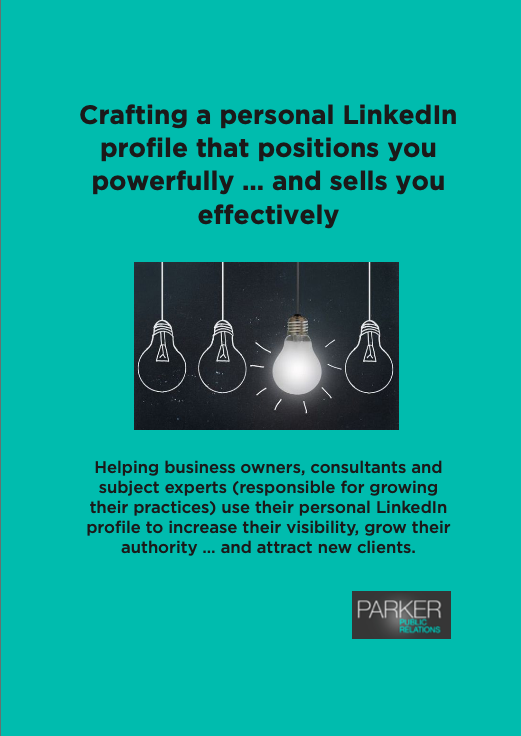Former BBC journalist and now media training expert, Pete Walter, has five golden rules about how to get media interested in your story.
When pitching to journalists he says it is important you frame your story around as many of the following T.R.U.T.H elements as possible:
T is for Topical
These include unplanned or unexpected events – such as a disease outbreak, a controversy or scandal – or planned events such as looming elections, the federal budget or financial year-end. You can use these events to your advantage.
Because everyone’s talking about the same thing, the media are always looking for new angles on big stories to make them stand out and often struggle to constantly come up with new material. So if you can offer a fresh angle on a big current story there’s more chance of you getting noticed by a grateful journalist or getting a mention or interview in the media.
R is for Relevant
The ‘R’ is all about relevancy, says Pete. By this, we mean making sure you’re pitching to the right media outlet. It’s important to know what TV shows, newspapers, online media, radio stations, bloggers, websites etc. the audience you want to reach are consuming. It’s also important that you know the style that each media outlet has. So think how you can work your story so it is relevant to the media outlet and that media outlet’s audience.
U is for Unusual
The third letter ‘U’ stands for unusual. Unusual is the lifeblood of the press. The classic saying in media training is ‘dog bites man isn’t news, man bites dog is news’. Is there anything unusual about your story? Perhaps if you’re launching a product, is it the first of its kind, biggest, smallest, or last example of something in the world?
Basically, what makes your story stand out?
T is for Trouble
The second ‘T’ in truth stands for trouble. Journalists love trouble. If you think about the news, the vast majority of it is about things that have gone wrong in some way; whether it is people telling lies, crimes being committed, fraud and so on. Even if things go right, there’s usually someone being interviewed about how the situation may go wrong at any moment. Trouble can also take the guise of disruption, the best known example being the launch of the Uber app.
Trouble can also encompass controversy and, by extension, controversial statements. If you can reveal a commonly held fact to be untrue, that’s going to get a journalist’s attention.
H is for Human
The final letter in our TRUTH acronym is H and it stands for Human or Human-interest. Every journalist loves a human-interest angle to a story. In the aftermath of a flood, a stock market crash, the dismantling of negative gearing, there is always a reporter looking for someone who has been personally affected. Only after the human interest angle has been covered will the reporter go into the facts and figures of the issues itself. Journalists know people empathise with people and stories – not with facts and figures.
Whatever it is, adding some kind of human interest angle to your story will go a long way to getting it noticed!
If you are struggling to get traction with the media and need a helping hand, don’t hesitate to give me a call on 0422 694 503.


